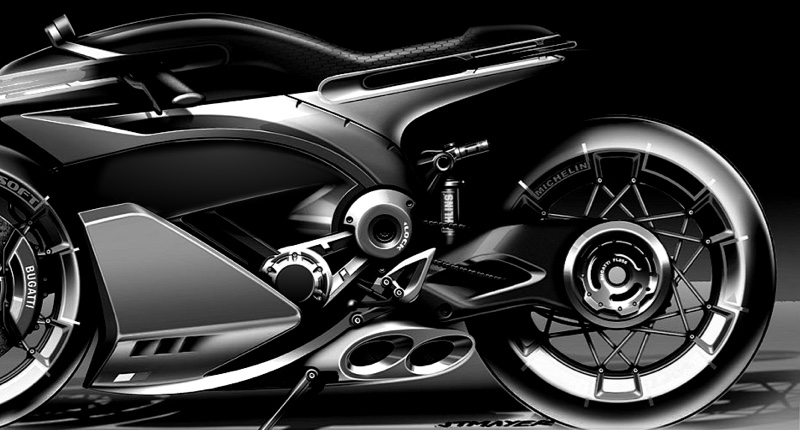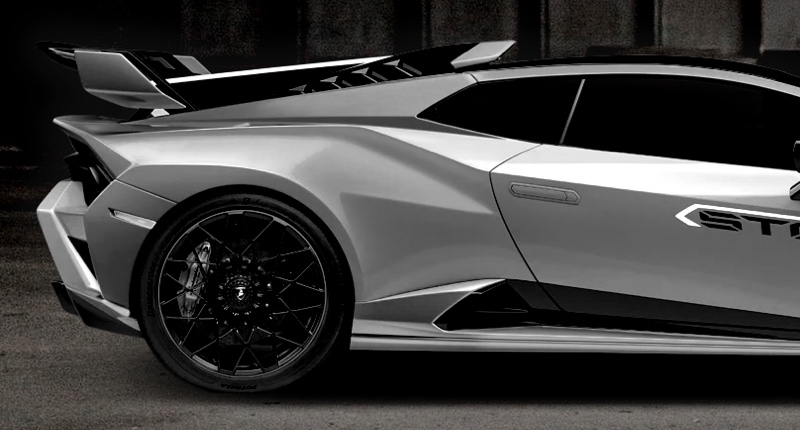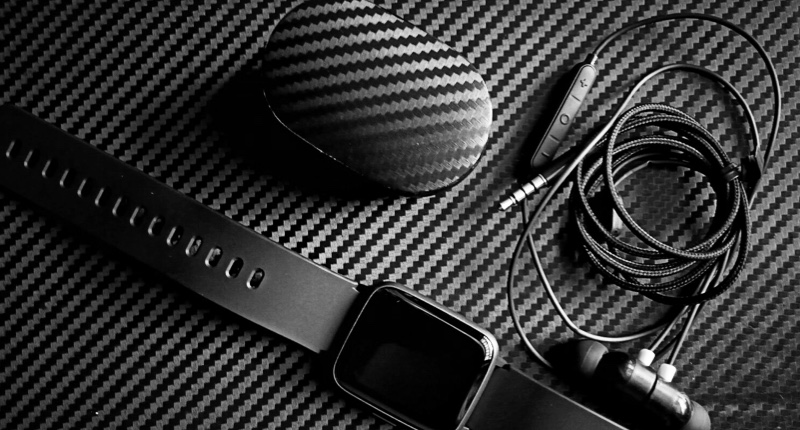what is carbon fiber used for | Supreem Carbon Expert Guide
- What is Carbon Fiber Used For? A Comprehensive Guide for Industry Buyers
- Key Benefits: Why Choose Carbon Fiber Over Traditional Materials?
- Diverse Applications: Where Does Carbon Fiber Make the Biggest Impact?
- Critical Considerations for Procuring High-Quality Carbon Fiber Parts
- Understanding the Manufacturing Process: How Does it Affect Part Performance?
- Addressing the Challenges: Limitations and Best Practices for Carbon Fiber Use
What is Carbon Fiber Used For? A Comprehensive Guide for Industry Buyers
Carbon fiber, a material celebrated for its extraordinary strength-to-weight ratio, stiffness, and durability, has revolutionized countless industries. Composed of extremely thin strands of carbon atoms, it is significantly lighter than traditional materials like steel or aluminum, yet possesses superior strength. This makes it an invaluable choice for applications where performance, efficiency, and longevity are paramount. As a buyer in the carbon fiber parts industry, understanding its diverse applications, benefits, and critical procurement considerations is key to making informed decisions and ensuring optimal product performance.Key Benefits: Why Choose Carbon Fiber Over Traditional Materials?
The allure of carbon fiber stems from its unique combination of properties that surpass conventional materials:- Exceptional Strength-to-Weight Ratio: Carbon fiber composites can be five times stronger than steel while being two-thirds lighter, leading to significant weight reductions without compromising structural integrity. This is crucial for applications where every gram counts, such as in aerospace or high-performance automotive.
- High Stiffness: Its modulus of elasticity is exceptionally high, meaning it resists deformation under load. This allows for the creation of rigid structures that maintain their shape even under extreme stress.
- Corrosion Resistance: Unlike metals, carbon fiber does not rust or corrode, making it ideal for harsh environments or outdoor applications.
- Fatigue Resistance: Carbon fiber exhibits excellent resistance to fatigue, meaning it can withstand repeated stress cycles without degradation, leading to a longer service life for components.
- Thermal Stability: It maintains its mechanical properties across a wide range of temperatures, making it suitable for demanding thermal environments.
Diverse Applications: Where Does Carbon Fiber Make the Biggest Impact?
The global carbon fiber market was estimated at USD 6.47 billion in 2023 and is expected to grow at a compound annual growth rate (CAGR) of 10.3% from 2024 to 2030, highlighting its expanding adoption across various sectors:- Aerospace and Defense: From aircraft primary structures (e.g., the Boeing 787 is over 50% carbon fiber composite by weight) to satellite components and drones, its lightweight and high strength reduce fuel consumption and enhance performance.
- Automotive: Used in high-performance vehicles for chassis, body panels, racing components, and luxury interiors to improve fuel efficiency, acceleration, and safety. Its application is extending to mass-market electric vehicles for range extension.
- Sports Equipment: Dominate segments like bicycle frames, tennis rackets, golf club shafts, fishing rods, and skis, providing superior power transfer, flexibility, and reduced weight for enhanced athletic performance.
- Wind Energy: Essential for manufacturing longer, lighter, and more efficient wind turbine blades, which directly impact energy capture and cost-effectiveness.
- Medical Devices: Found in prosthetics, X-ray equipment (due to its radiolucency), surgical instruments, and MRI scanner components, offering strength, biocompatibility, and precision.
- Industrial and Robotics: Used in robotic arms, weaving machines, pressure vessels, and specialized tooling where high precision, low inertia, and high strength are critical for operational efficiency.
Critical Considerations for Procuring High-Quality Carbon Fiber Parts
When sourcing carbon fiber components, buyers must consider several factors to ensure optimal performance and value:- Fiber Type and Grade: Understand the difference between standard modulus (SM), intermediate modulus (IM), and high modulus (HM) fibers, and their suitability for specific applications. Toray T700, T800, and M40J are common examples.
- Resin System: The matrix resin (epoxy, vinyl ester, polyester, thermoplastic) significantly affects the composite's properties, including temperature resistance, chemical resistance, and toughness.
- Manufacturing Process: Methods like autoclave curing (highest quality, aerospace grade), resin transfer molding (RTM), vacuum infusion, or filament winding each offer different cost, production speed, and quality profiles. Autoclave processed parts generally offer superior void content control and fiber volume fraction.
- Weave Pattern and Layup: Unidirectional, plain weave, twill weave, and satin weave patterns offer different aesthetic and mechanical properties. The orientation and number of plies (layup) are crucial for achieving desired strength and stiffness in specific directions.
- Quality Control and Testing: Ensure suppliers provide comprehensive quality assurance, including non-destructive testing (NDT) like ultrasonic inspection, mechanical testing (tensile, flexural, compression), and dimensional accuracy checks.
- Supplier Expertise and Customization: Partner with suppliers who demonstrate deep material knowledge, engineering capabilities, and the ability to produce custom parts tailored to your precise specifications.
Understanding the Manufacturing Process: How Does it Affect Part Performance?
The manufacturing process fundamentally dictates the final properties and quality of carbon fiber parts:- Prepreg Layup and Autoclave Curing: This method involves laying up pre-impregnated carbon fiber sheets (prepregs) by hand or automated fiber placement (AFP) into a mold, which is then cured under high temperature and pressure in an autoclave. This yields parts with very low void content, high fiber volume fraction, and excellent mechanical properties, making it preferred for aerospace and high-performance automotive.
- Resin Transfer Molding (RTM) and Vacuum Infusion: These processes involve placing dry fiber reinforcement into a mold and then injecting or drawing resin through it under vacuum. They offer faster cycle times and lower equipment costs than autoclaves but might result in higher void content or lower fiber volume fractions if not meticulously controlled.
- Filament Winding: Ideal for cylindrical or conical structures (e.g., pressure vessels, pipes), where continuous carbon fiber filaments are wound around a mandrel, then cured. This provides exceptional hoop strength.
Each process has its trade-offs in terms of cost, scalability, and part quality, directly impacting the component's suitability for specific applications.
Addressing the Challenges: Limitations and Best Practices for Carbon Fiber Use
While carbon fiber offers immense advantages, it also presents certain challenges:- Cost: The initial material and manufacturing costs are generally higher than for traditional metals, requiring a thorough cost-benefit analysis based on lifetime value and performance gains.
- Brittleness and Impact Resistance: While strong in tension, carbon fiber composites can be more brittle than metals and susceptible to damage from sharp impacts. Design solutions often involve hybrid layups or strategic reinforcement.
- Machining and Repair: Machining carbon fiber requires specialized tools and techniques due to its abrasiveness. Repairs can be complex and often require expert knowledge and specialized facilities.
- Recycling: Recycling carbon fiber is challenging and costly, though advancements are being made in pyrolysis and solvolysis to recover fibers.
In conclusion, carbon fiber stands as a testament to advanced material science, offering unparalleled performance for demanding applications. For industry buyers, a deep understanding of its properties, manufacturing nuances, and application specifics is vital. Supreem Carbon excels in delivering high-quality carbon fiber solutions. With a focus on precision manufacturing, expert material selection, and rigorous quality control, Supreem Carbon provides custom and standard carbon fiber parts that meet the highest industry standards, ensuring superior performance, durability, and a competitive edge for your projects. Choose Supreem Carbon for reliable, high-performance composite solutions engineered for excellence. For more information, visit SupreemCarbon.com.

Latest Developments in the Application of Carbon Fiber Materials in the Automotive and Motorcycle Fields

Supreem Carbon new bike carbon fiber parts development plan.

Discuss of the common carbon fiber product production processes and the application.

2023 BMW S1000RR Carbon Fiber Body Kit released by Supreem Carbon

How to Make Carbon Fiber Car Parts?

Rev Up Your Ride: Supreem Carbon - China's Finest Custom Motorcycle Carbon Fiber Parts
For Facotry
When is Supreem carbon founded?
Our company formally established in early 2017.
Can I visit your company?
Of course, we are in QiaoTou Town, Dongguan City, Guangdong Province, China.
For After-sales Service
Do you offer the fitting advice?
Of course! If you have any questions, please contact us on info@supreemcarbon.com.
How can I cancel the order?
We may only cancel your order if it has not been fulfilled yet. We would be more than happy to assist you with any adjustments if you'd wish instead!
For Customized Service
How long does the customized products order take?
This depends on the complexity and mold production cycle of the product. The first sample will be ready in 2-3 weeks after mold finished.

Honda CBR1000RR-R Carbon Fiber Tank Side Panels

BMW S1000RR Carbon Fiber Front Fairing Cowls Custom

Kawasaki H2/H2R Carbon Fiber Side Fairing

BMW S1000RR S1000R Carbon Fiber Tank Airbox Cover
Let’s Bring Your Carbon Fiber Ideas to Life
Have a question or inquiry about our carbon fiber composite products? Leave us a message here, and our team will get back to you promptly.
Whether you're interested in custom orders, technical specifications, or partnership opportunities, we're here to assist you.
Please fill out the fields above with your name, email address, and message.
© 2024 Supreem Carbon All Rights Reserved.





Facebook
Pinterest
LinkedIn
Instagram